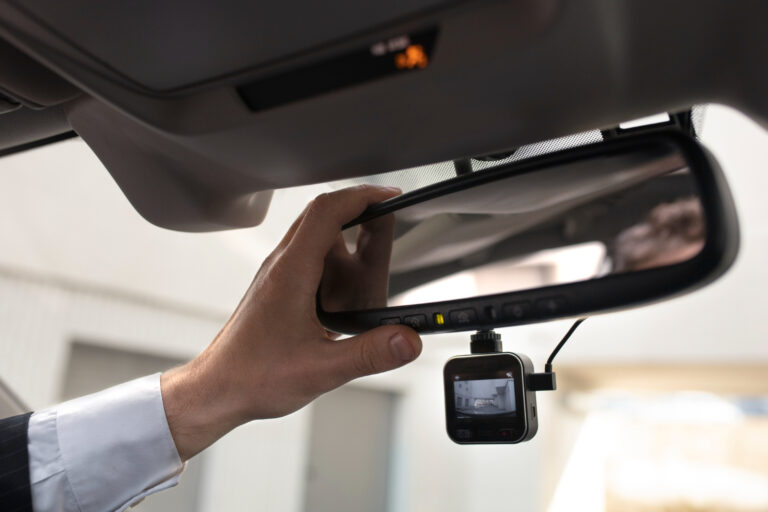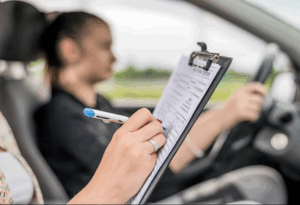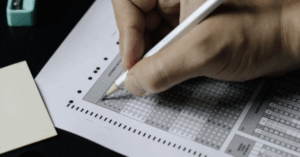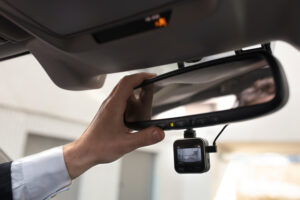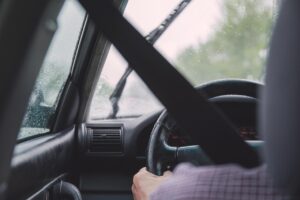Mirrors are often taken for granted in everyday driving, but they play an essential role in ensuring the safety of the driver, passengers, and other road users. When it comes to driving, using mirrors correctly is a key skill that every driver should master. In this blog, we’ll explore the importance of mirrors, types of mirrors in your vehicle, and how to use them effectively to avoid accidents and drive confidently.
Types of Mirrors in a Vehicle
There are three primary types of mirrors in a vehicle that contribute to safe driving:
- Rearview Mirror: Located at the center of the windshield, the rearview mirror allows the driver to see behind the vehicle without turning their head. This mirror is essential for monitoring traffic coming up from behind, especially when changing lanes or reversing.
- Side Mirrors: Positioned on both the left and right sides of the vehicle, side mirrors provide a view of the lanes beside the car. They are particularly useful when changing lanes, making turns, or when reversing into parking spaces.
- Blind Spot Mirrors: These are often added to side mirrors for better visibility of the vehicle’s blind spots. They help the driver avoid collisions by alerting them to vehicles or obstacles in the blind spot areas, which aren’t visible in the main side mirrors.
Why Proper Use of Mirrors is Crucial
The proper use of mirrors is vital in every driving situation. Here are several reasons why mirrors are important:
- Improved Awareness: Mirrors help drivers maintain a 360-degree awareness of their surroundings. By regularly checking mirrors, drivers can avoid blind spots and spot any potential hazards like fast-approaching vehicles, cyclists, or pedestrians.
- Lane Changes and Turns: Before changing lanes or making a turn, checking side and rearview mirrors ensures that there is no vehicle in your way. This simple habit can prevent side collisions, which are often the result of misjudging the proximity of other vehicles.
- Parking and Reversing: Mirrors are indispensable when reversing or parking. They help drivers navigate tight spaces by providing visibility of the area behind them, ensuring that there are no obstacles or pedestrians in the path.
- Increased Reaction Time: Regularly checking mirrors gives drivers more time to react to changing conditions. For instance, noticing a car tailgating in the rearview mirror allows the driver to slow down, change lanes, or adjust their driving to prevent a potential collision.
How to Adjust Your Mirrors for Optimal Use
Properly adjusting your mirrors is just as important as using them. Follow these steps to ensure your mirrors provide the best visibility:
- Rearview Mirror: Adjust the rearview mirror so that you can see the center of the rear window with minimal head movement. This helps reduce distractions and ensures that you have a clear view of the road behind you.
- Side Mirrors: Adjust each side mirror to minimize blind spots. Ideally, you should set the side mirrors so that you can see just a sliver of the side of your vehicle, with the majority of the mirror showing the road next to you. If you have blind spot mirrors, make sure they’re angled to cover those hidden areas.
- Before Driving: Always adjust your mirrors before you begin driving. Never wait until you’re on the road to make mirror adjustments. Doing so while driving can lead to distractions and reduce your focus on the road.
Mirror Etiquette: How Often to Check
- Before Changing Lanes: Always check your mirrors before moving into another lane. You should check your rearview mirror, side mirrors, and blind spots before making any lane changes or merges.
- Regularly While Driving: Aim to check your mirrors every 5-8 seconds while driving. This habit helps you stay aware of your surroundings and spot any potential hazards early.
- At Intersections and Turns: Always glance at your mirrors before turning at intersections. This ensures that no other vehicle is trying to overtake you or approaching from behind.
Conclusion
In conclusion, mirrors are one of the most important yet overlooked tools for ensuring safe driving. They help us stay aware of our surroundings, make informed decisions, and react to changes in the road conditions. To drive safely and confidently, it’s essential to properly adjust and consistently use your vehicle’s mirrors. By making mirrors a part of your regular driving habits, you can improve your awareness, prevent accidents, and ensure that every journey is a safe one.
At Safe Gear Driving School, we teach students the importance of mirrors, among other key driving techniques, to ensure they become confident, responsible drivers. Mastering the use of mirrors is a fundamental skill that will not only help you pass your driving test but also keep you safe on the road for years to come.

